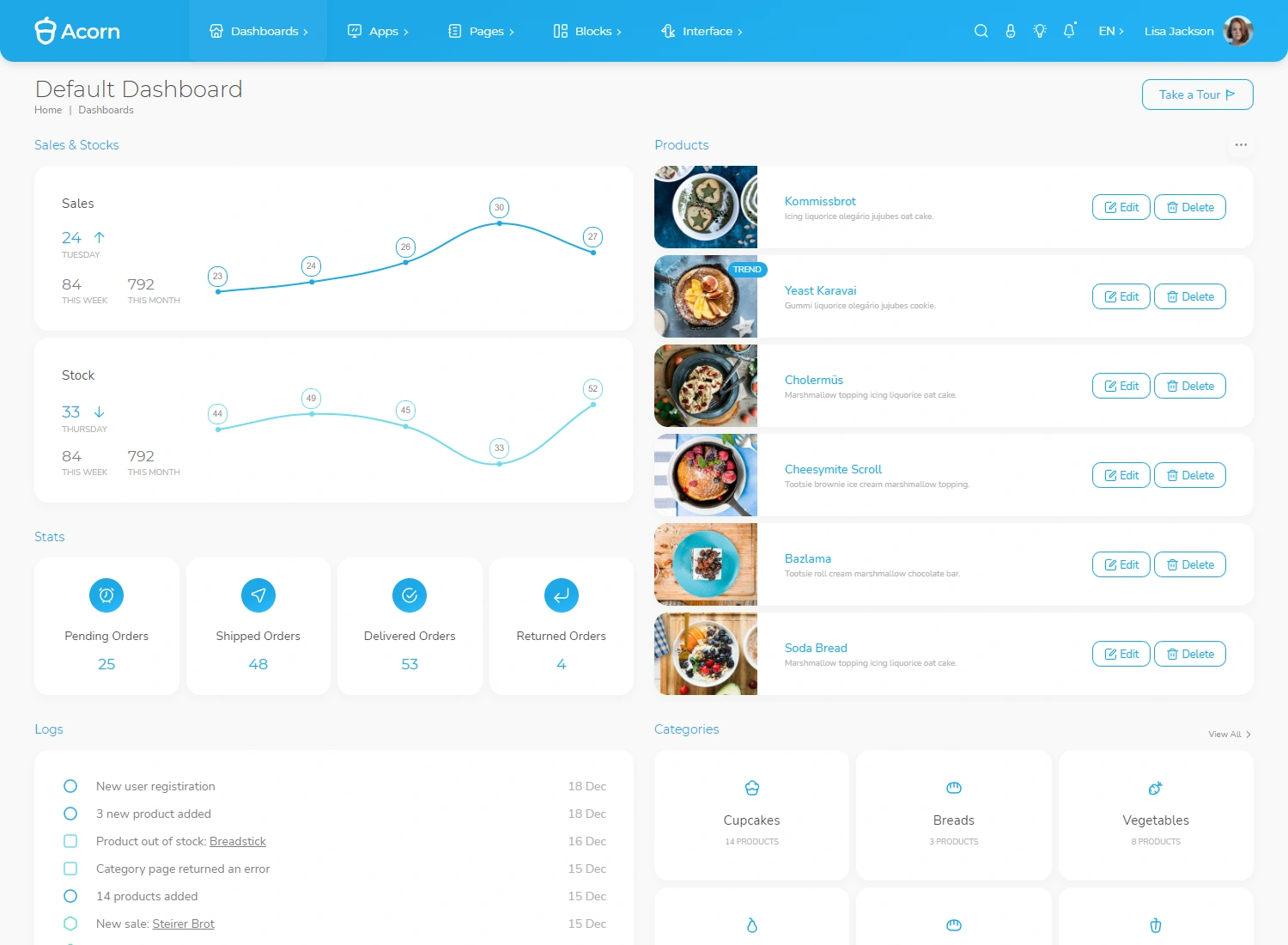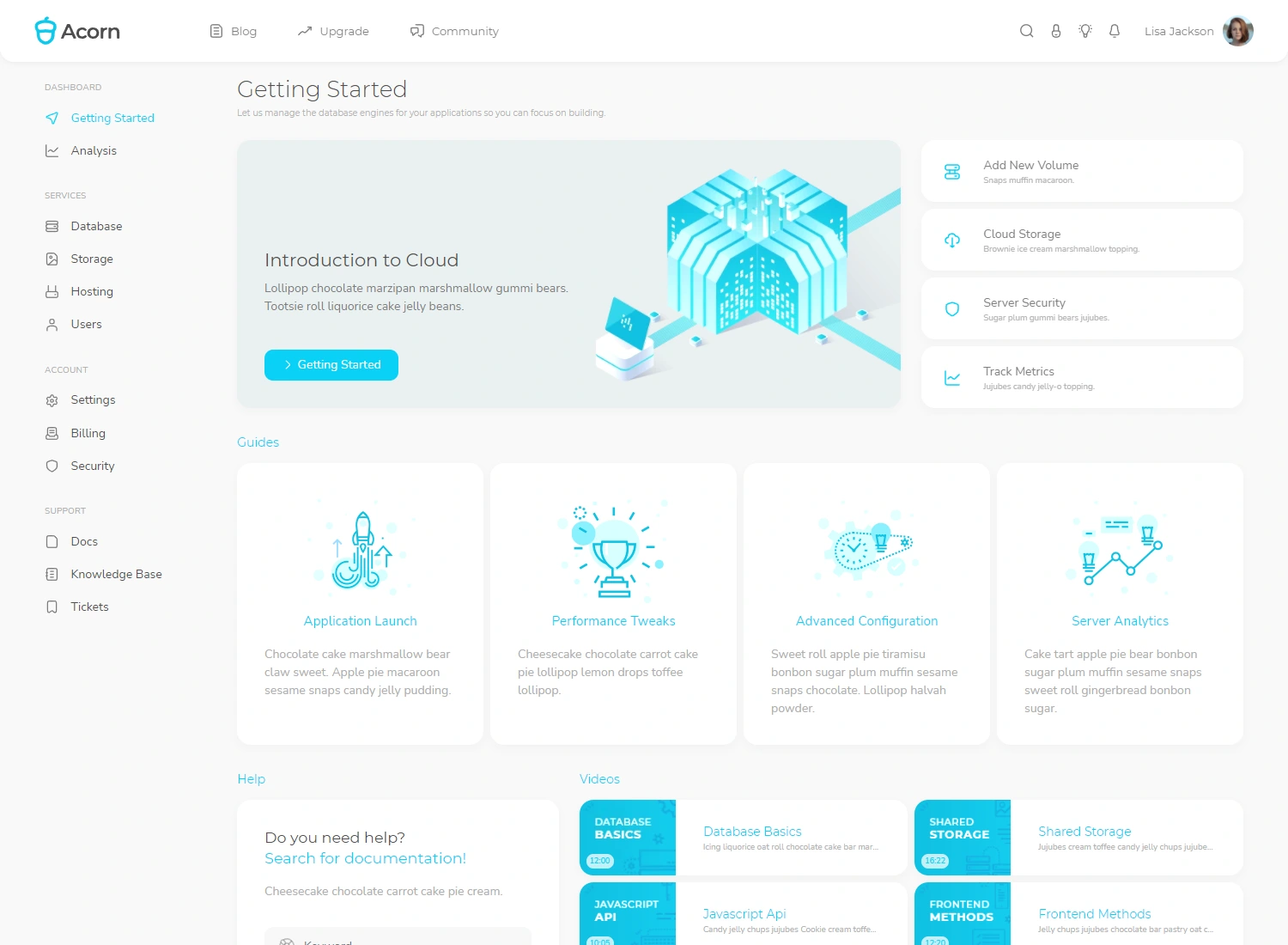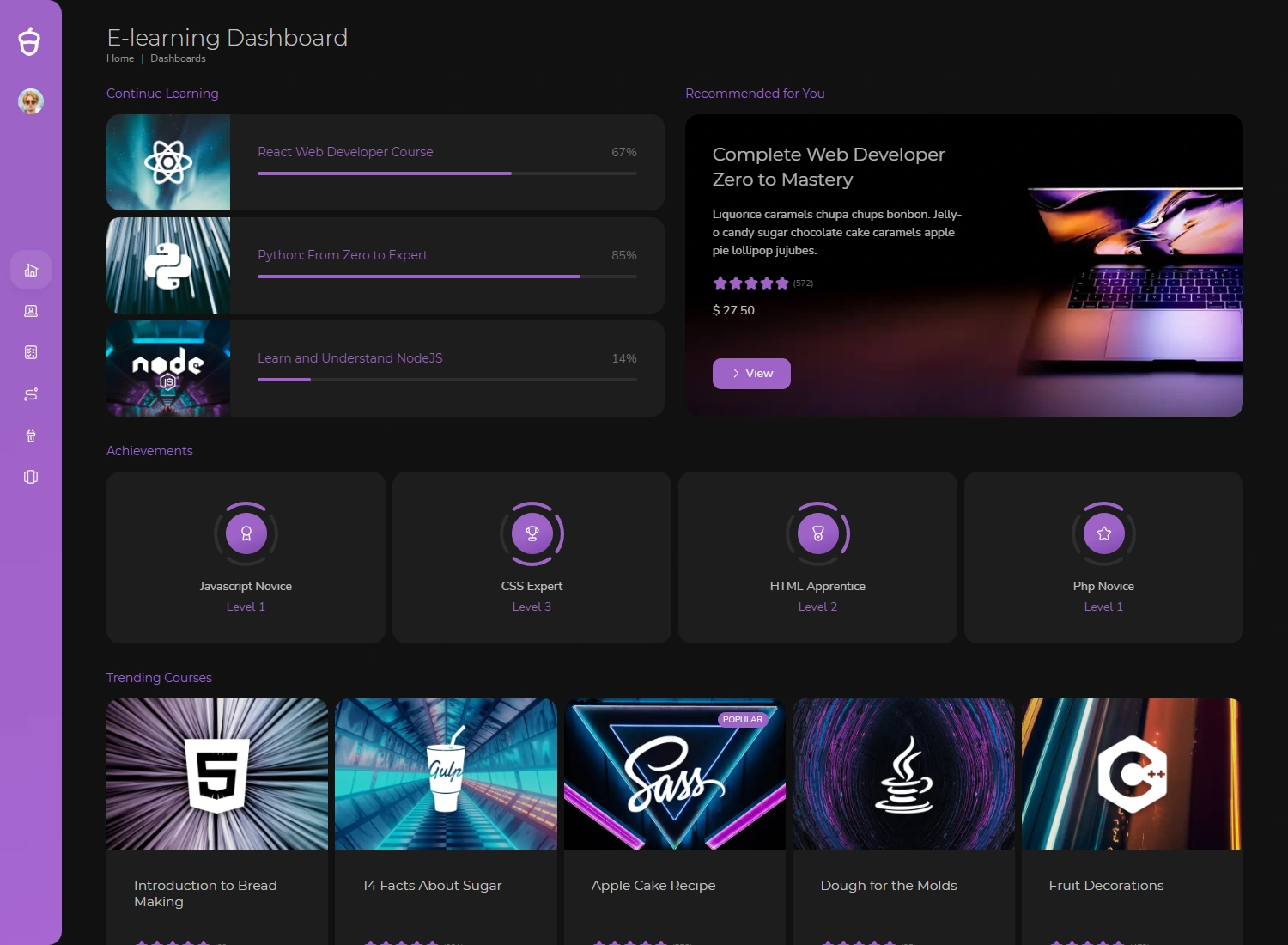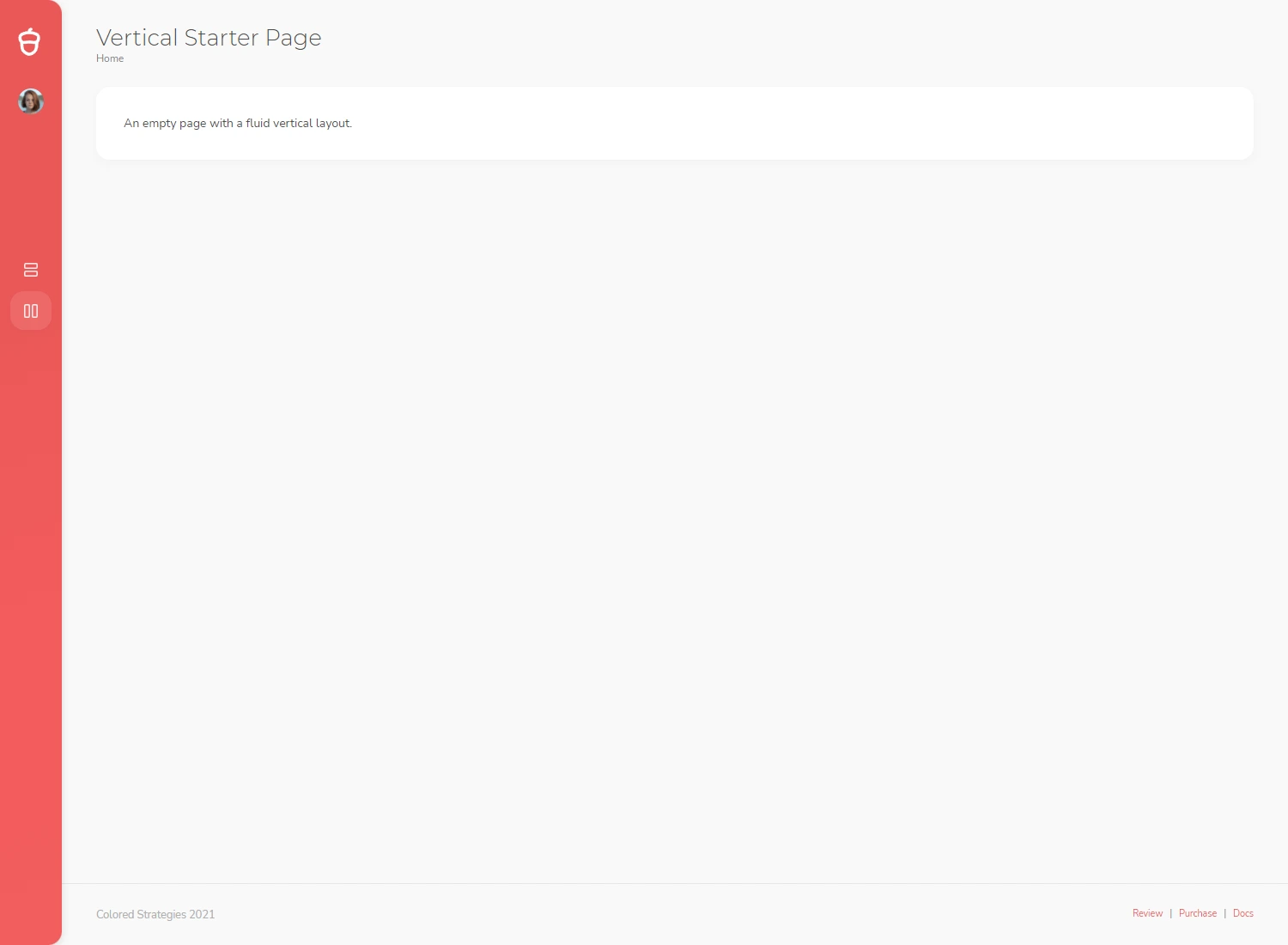RBI’s Dilemma: Balancing Inflation Control with Growth Concerns
The RBI held its interest rates steady at 6.50% amid inflation concerns and weaker economic activity. While inflation has moderated, the central bank remains focused on reining it in further, despite signs of slowing growth in car sales and industrial output. The MPC's focus on inflation, especially food and core inflation, suggests that any rate cut will be unlikely before early next year.
The Reserve Bank of India (RBI) recently decided to maintain its benchmark interest rate at 6.5%, a level unchanged since April 2023, reflecting a cautious approach amid emerging concerns about inflation and slowing economic growth. The decision, made by a 5:1 majority in the Monetary Policy Committee (MPC), signals the central bank’s ongoing focus on inflation, despite a dip in the headline inflation rate during July and August. One member had proposed a rate cut, citing a temporary decline in inflation, but the majority were wary of inflationary pressures re-emerging, as indicated by the 5.5% inflation figure in September, a nine-month high.
Inflation Outlook and Concerns
While the RBI has held its inflation projection for the year at 4.5%, it adjusted its estimates for the second and third quarters of 2024-25, acknowledging the uneven path of inflation. Food inflation remains a significant concern, particularly with rising vegetable prices, while core inflation (excluding volatile components like food and energy) appears to have bottomed out. Moreover, global oil and metal prices are also adding to inflationary pressures, alongside the ongoing threat of climate-induced price shocks.
The MPC’s reluctance to cut rates at this juncture reflects these risks, along with its commitment to align inflation with the 4% target in a durable manner. This focus makes a rate cut in December unlikely, though the MPC has switched its policy stance from hawkish to neutral, leaving the door open for potential easing if inflation pressures subside by early 2025.
Growth Concerns Emerge
Despite the RBI’s relatively optimistic projection of 7.2% GDP growth for the current fiscal year, signs of slowing economic activity are becoming apparent. Weaker car sales, reflecting subdued urban consumption, and a contraction in industrial output in August point to cooling demand. With global trends, such as the U.S. Federal Reserve and European Central Bank cutting interest rates, India’s central bank may face pressure to follow suit to support economic growth. However, given the mixed signals from domestic economic indicators, the MPC faces a challenging balancing act between curbing inflation and fostering growth.
The Road Ahead
The RBI’s approach remains heavily data-dependent, as indicated by Governor Shaktikanta Das’s comments that domestic trends will dictate monetary policy decisions, with less influence from international policy moves. However, if inflation moderates by early 2025 and global economic conditions remain favorable, the RBI could consider a rate cut in February. Until then, the central bank’s primary focus will remain on managing inflation while keeping an eye on potential economic slowdown signals.
- Interest Rate Decision: RBI holds interest rate at 6.5% amid inflation concerns; one member favored a rate cut.
- Inflation Path: Inflation touched 5.5% in September, prompting caution; food and core inflation remain concerns.
- Global Factors: Rising oil and metal prices, along with climate risks, are adding to inflationary pressures.
- Growth Challenges: Economic activity is cooling, with weak car sales and contracting industrial output in August.
- Outlook: A rate cut in February is possible if inflation pressures ease, but growth concerns could create challenges for the RBI.






